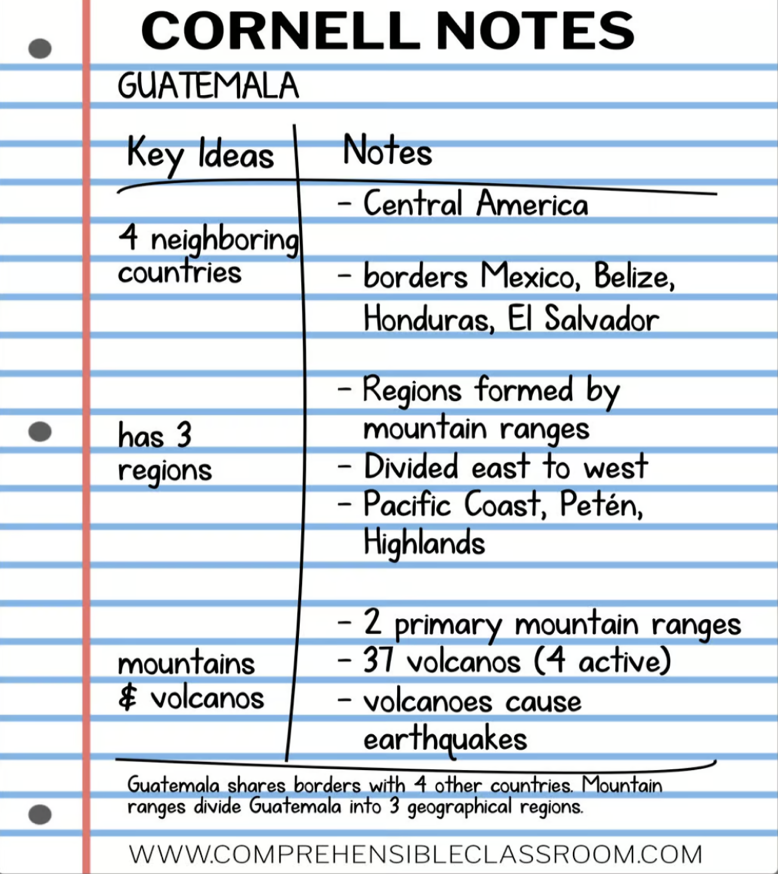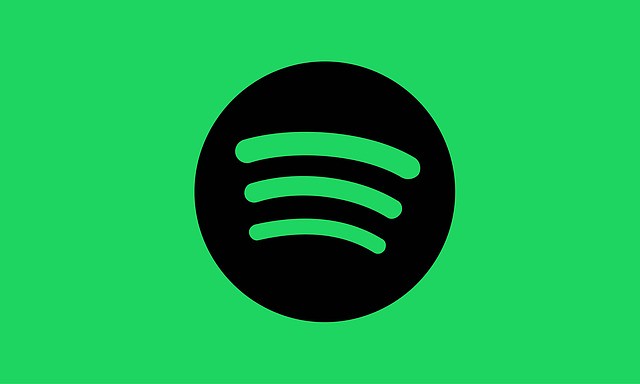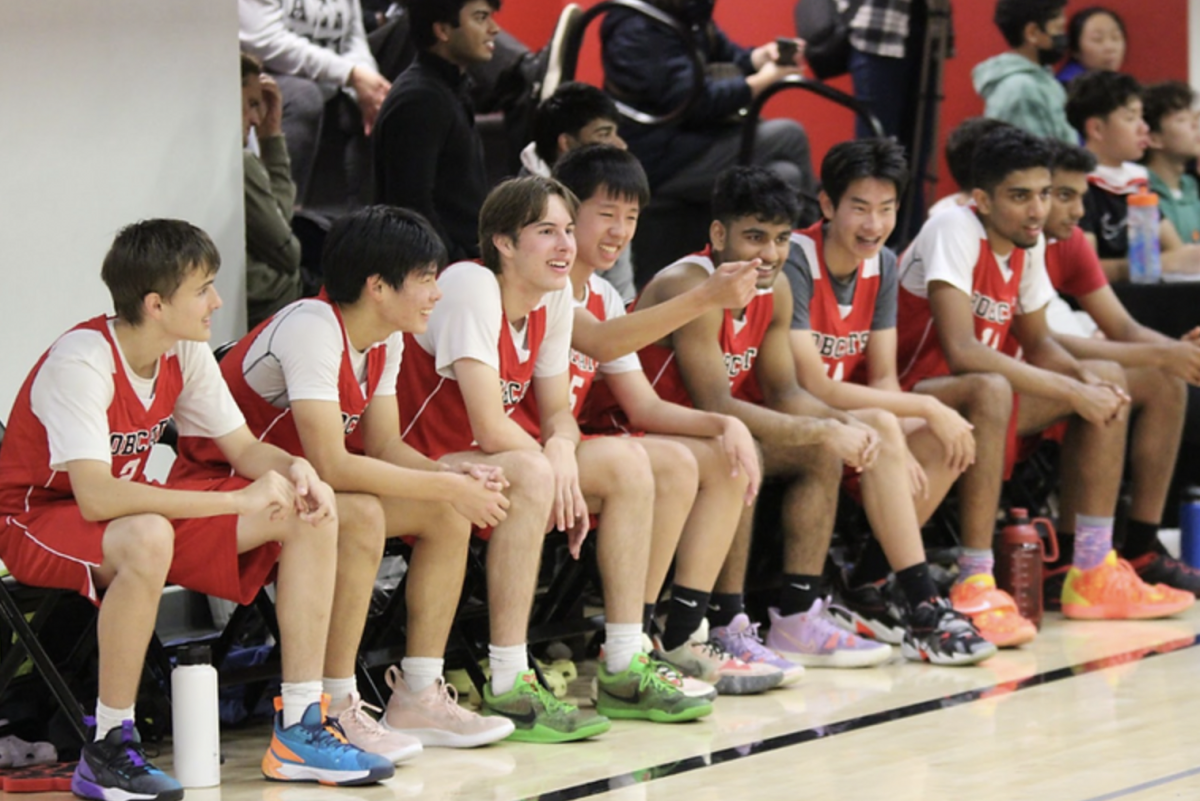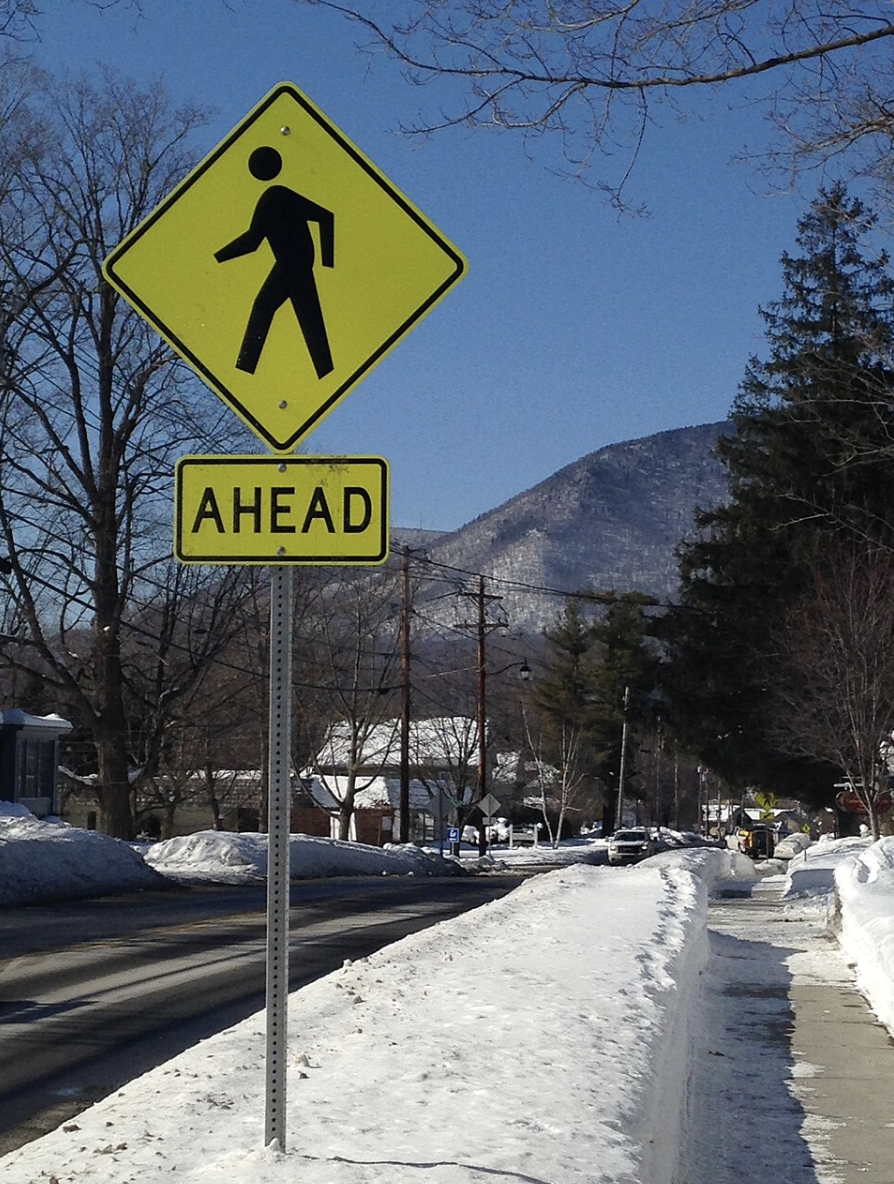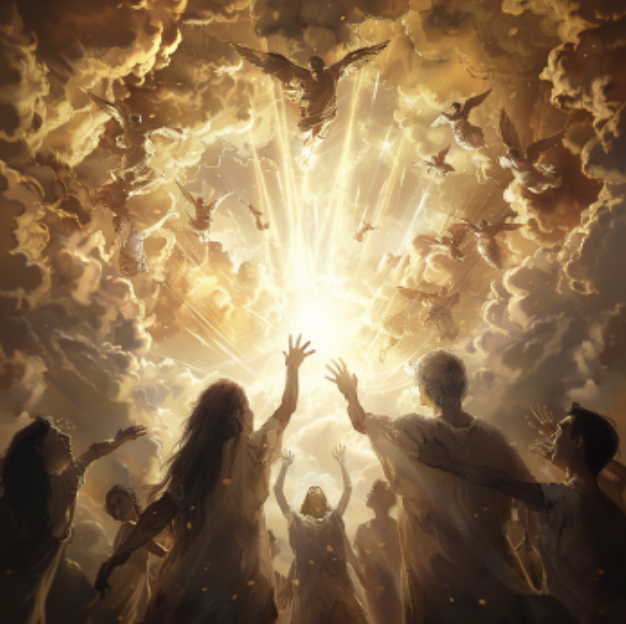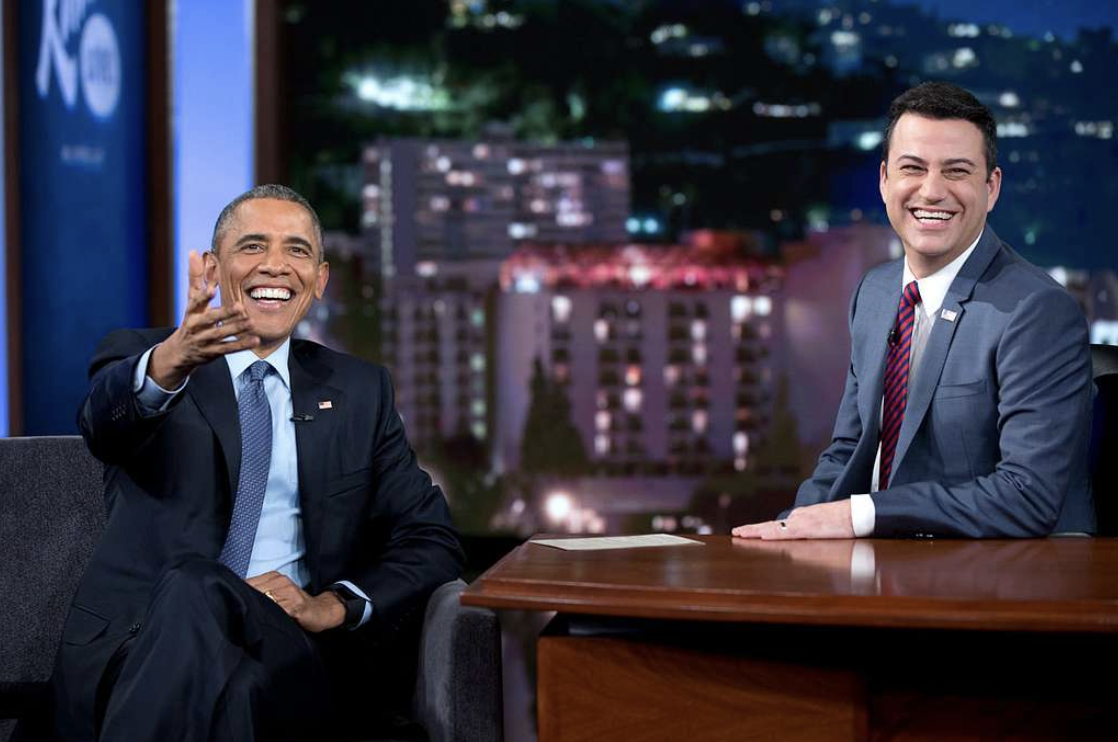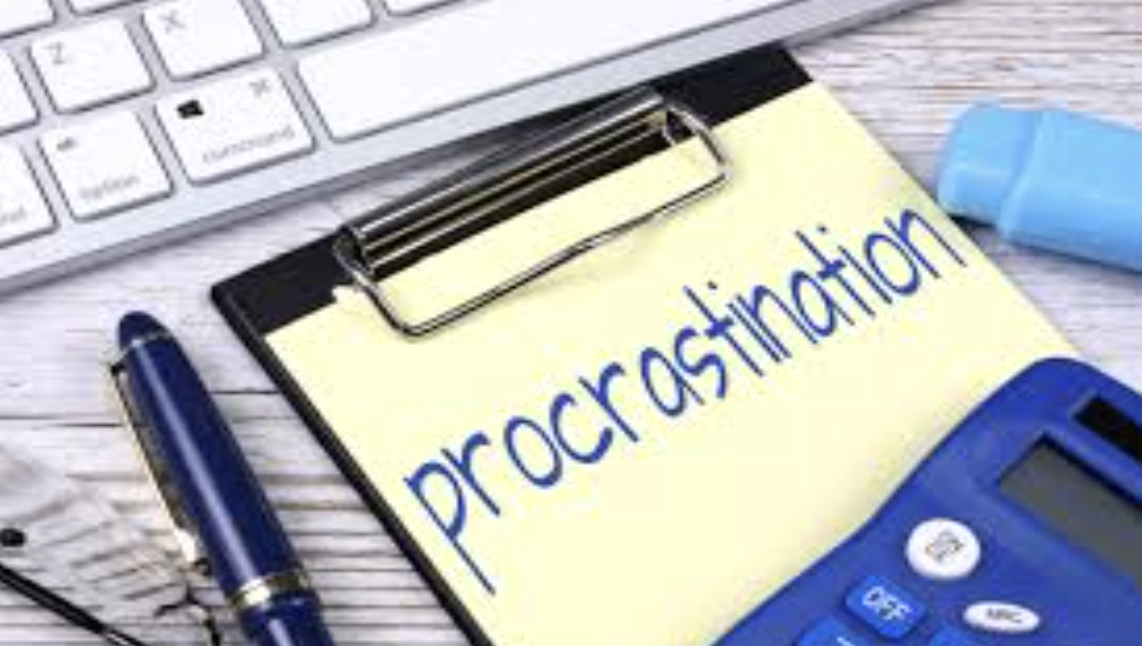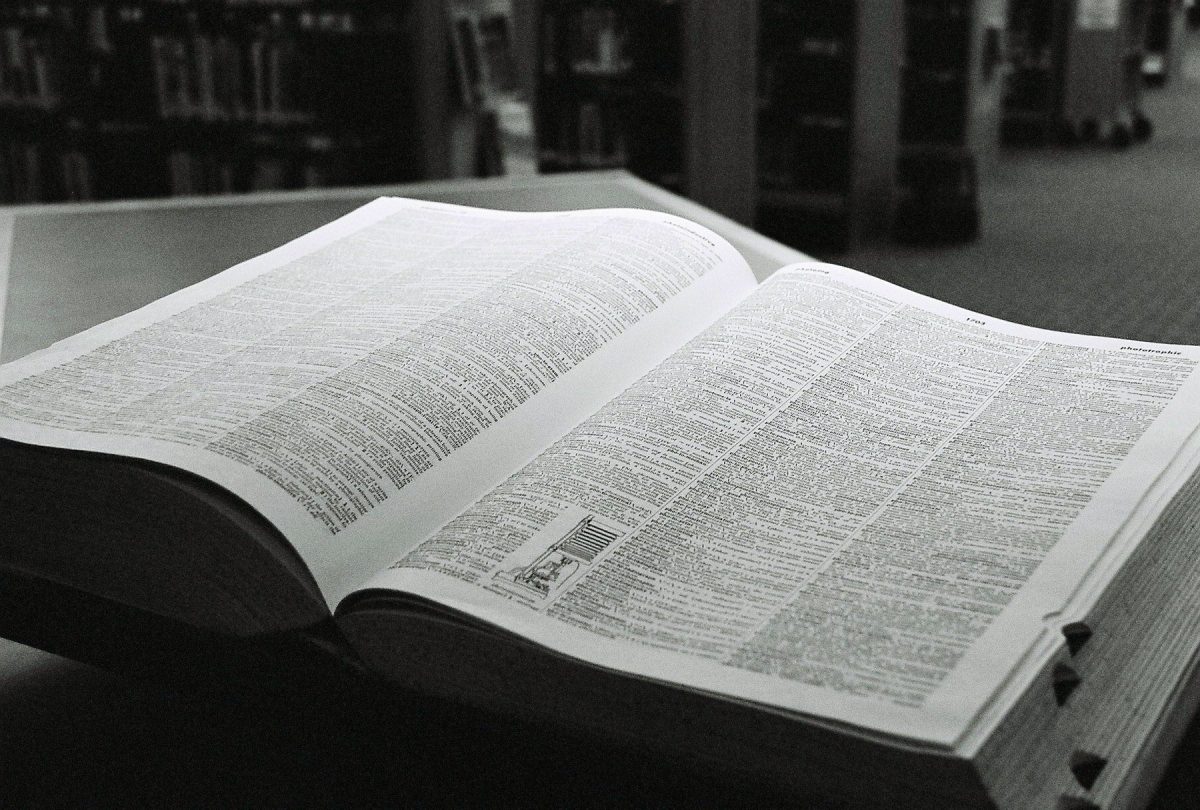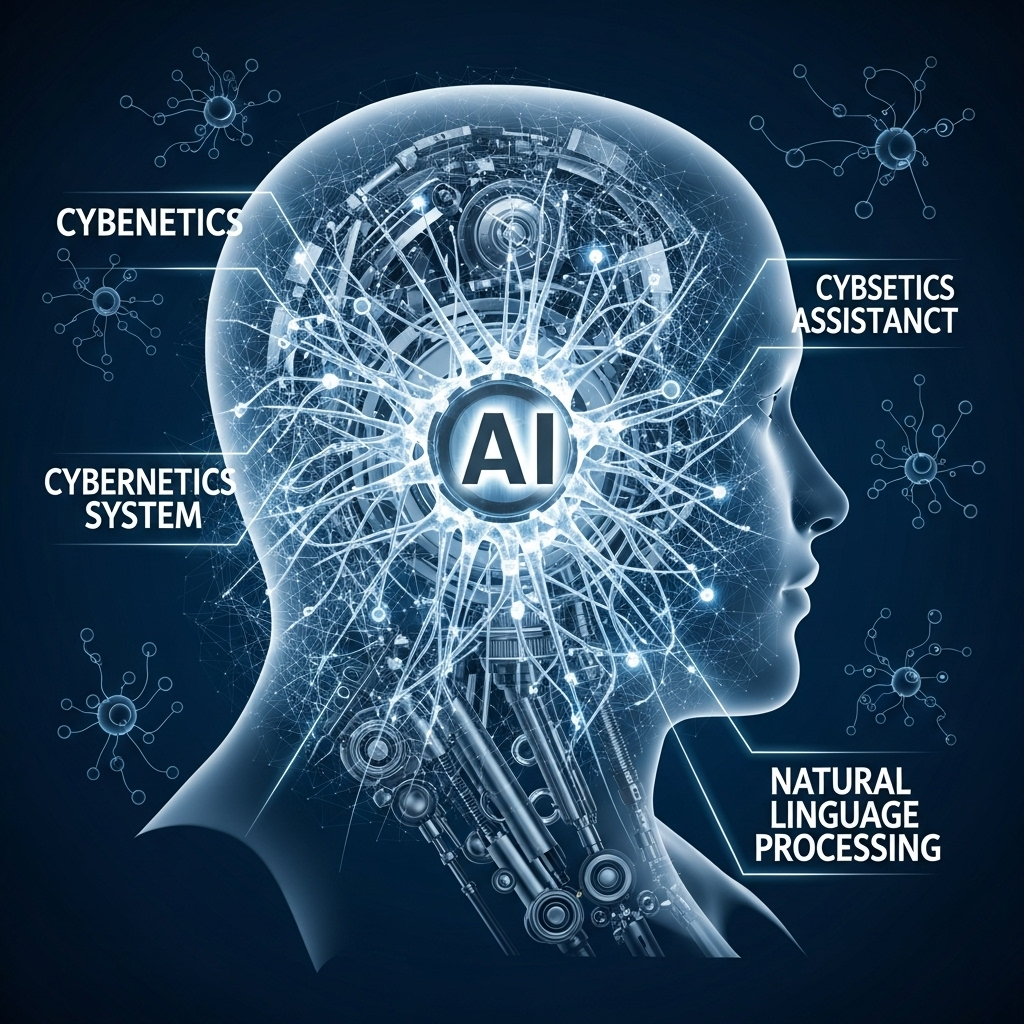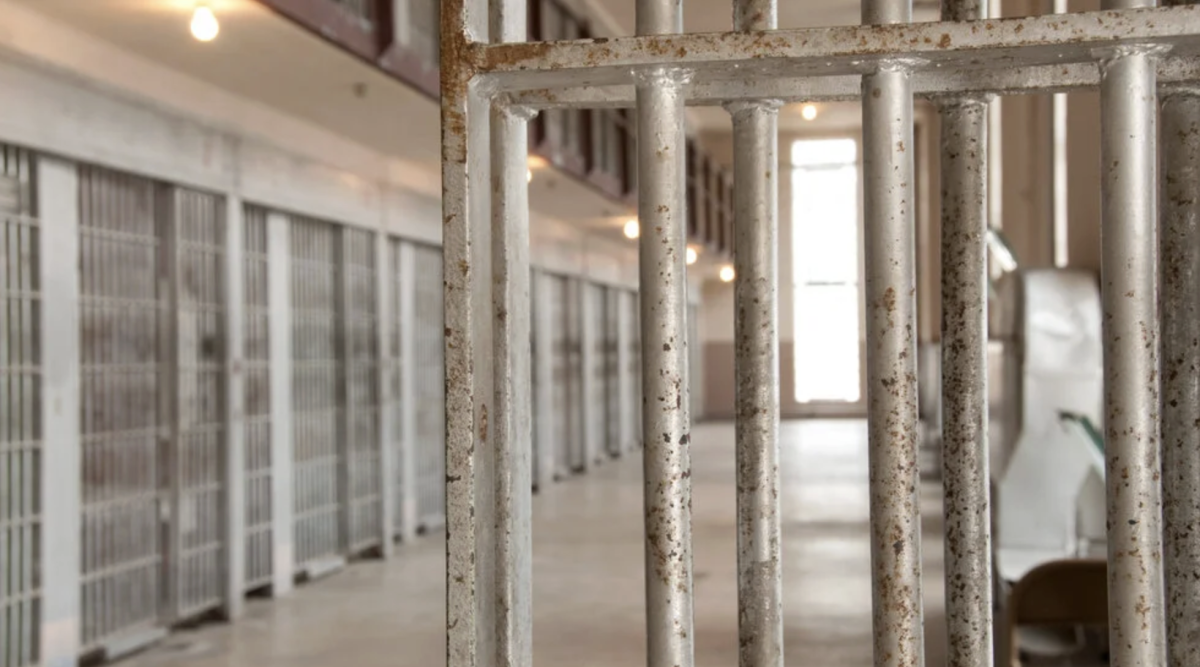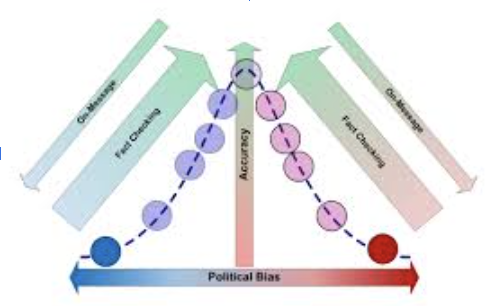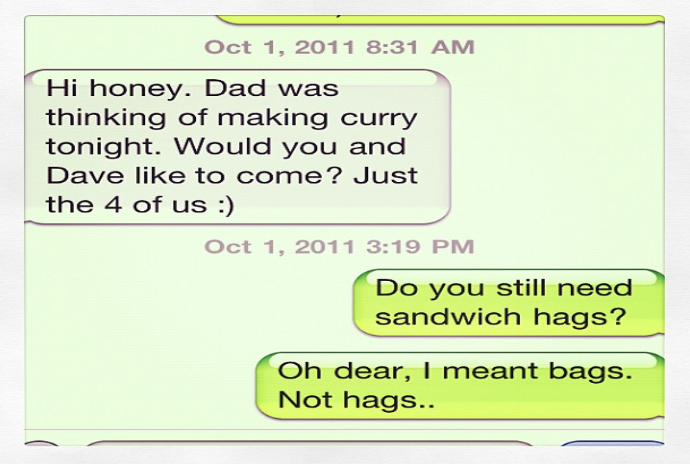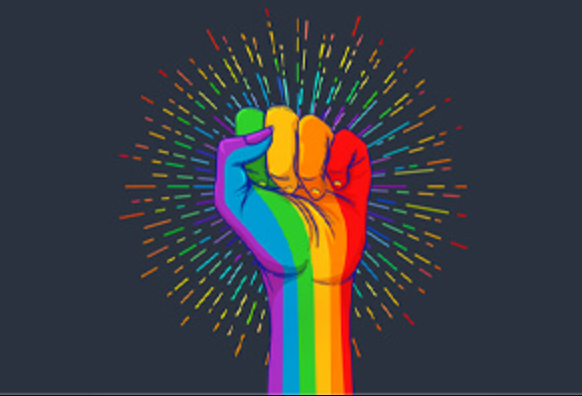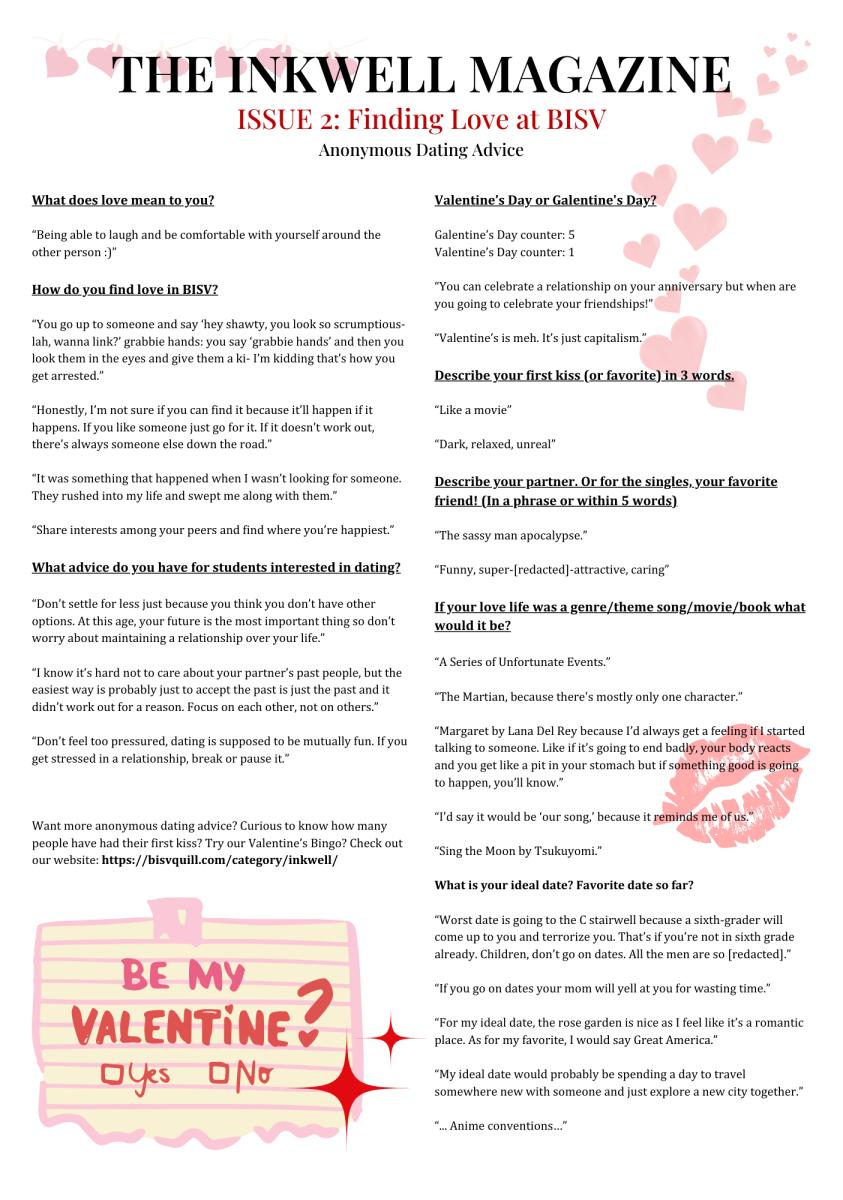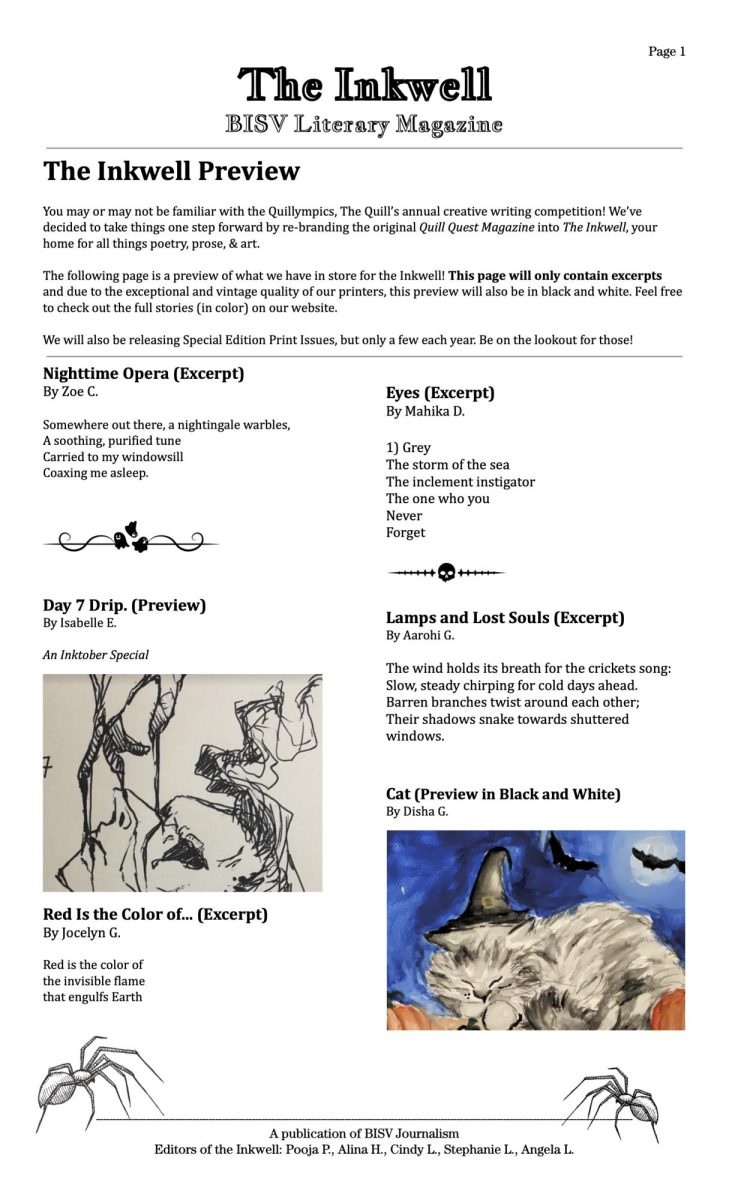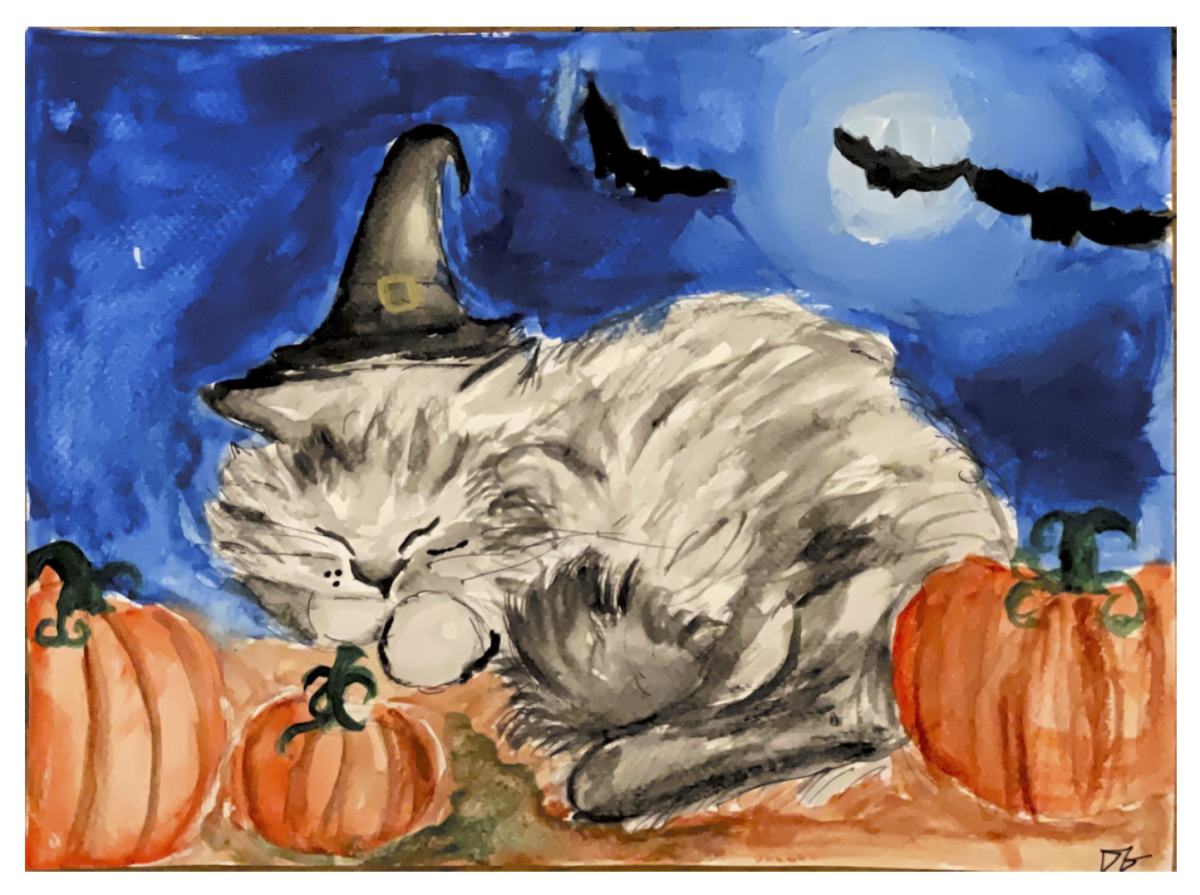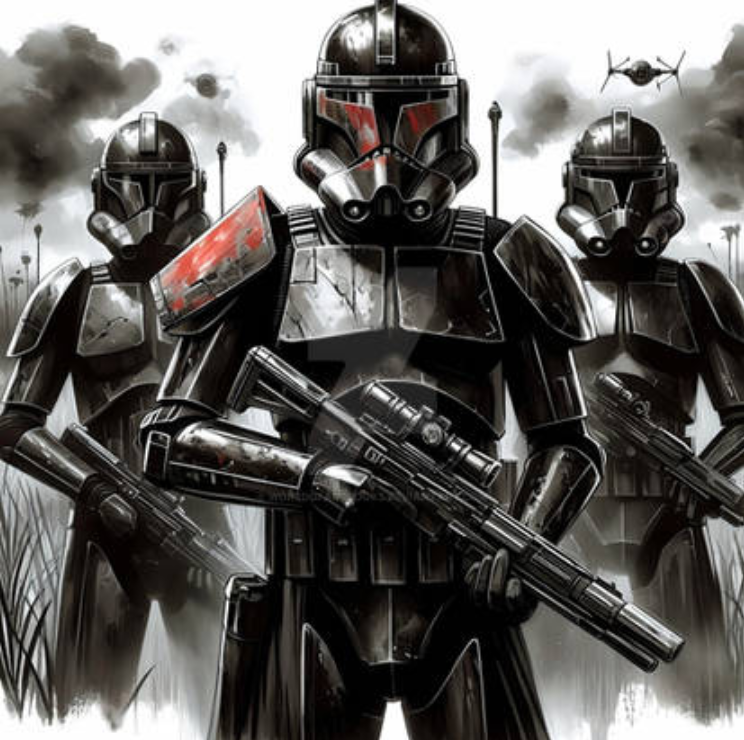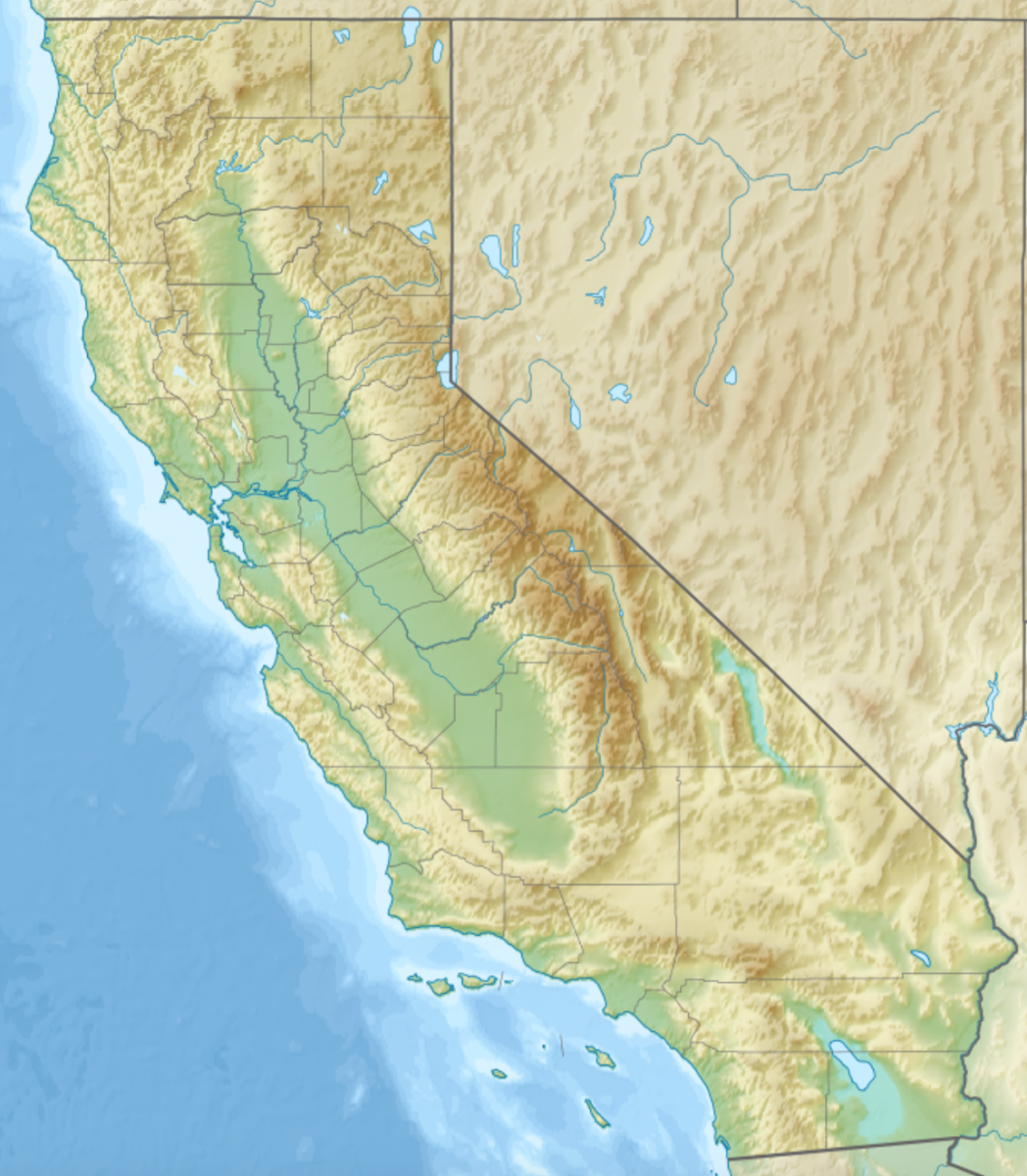News has always been an important part of our society. From newspapers to digital media, it has evolved with the invention of new tools. These tools have made news more popular and accessible. However, with the development of digital media, problems were also created. What started as a simple source of information for people slowly evolved into a competition to attract viewers and generate revenue. In this competition, news sources begin to dramatize their news. They also began to target more niche audiences, leading to biases in the news.
Biased news is created when a news source favors one party, corporation, or group over another. Many news sources have some kind of bias. Only choosing experts who agree with their perspective, exaggerating what someone said or did, and leaving out stories are common forms of bias in the media. Because digital news is the primary source of news for many people, these biases can significantly influence their views on certain issues. Let’s take a look at some examples of biased news. Both CNN and Fox News covered the cancellation of Jimmy Kimmel’s show “Jimmy Kimmel Live” after he made remarks on Charlie Kirk’s death and the Republicans’ response. His show was pulled off the air by Disney, which owned the show through ABC. Both their language and the included information are different. People reading Fox News’s article would probably have different stances on this issue when compared to people reading CNN’s article. CNN antagonized Brendan Carr, the head of the FCC, who praised the cancellation. They said he “attacked” Kimmel and that he had “gone after” ABC before. They also focused on the perspective of a democratic member of the FCC. Fox News, on the other hand, antagonized Kimmel instead, saying he “accused” Republicans of trying to label Tyler Robinson, the alleged assassin of Charlie Kirk, as liberal.
These biases in the news can also cause polarization, which is when ideologies begin approaching extremes. A Pew Research study from 1994 to 2014 shows that there has been an increasingly large ideological divide. The animosity that party members hold toward the opposite party has increased over the years. People often read news with biases that align with their own. Because media outlets are beginning to focus on niche audiences rather than a broad base, many people only read news that reinforces their own ideology. Just examine the comment sections on CNN and Fox News’ articles. In CNN’s article, most of the comments were against the show’s cancellation, with very few comments straying from this pattern. One commented, “So what happened to freedom of speech? Guess the 1st amendment only applies if you say what they want you too.” Comments for the cancellation had many more dislikes than likes. The opposite is seen in Fox News comments. There is even less ideological diversity found here. Most comments approved of the cancellation and criticized Kimmel for his comments, even criticizing the show itself. One said the cancellation was “long overdue” and that it was a “great step in the right direction”.
Because many news sources have biases, diversity is important when reading the news. Seeing many different perspectives is vital when forming positions on issues. The lack of diversity in news consumption can create media bubbles. Due to people only reading news that reaffirms their beliefs, they become entrenched in them and less likely to listen to other perspectives. It can make them believe their ideology is the right one. Reading unbiased media is also important, since it gives accurate information without any distortion or exaggeration. It allows you to form your own opinions without succumbing to media bias.
In a time of such divisiveness, it’s important to identify biases and form your own opinions. Media bias and polarization are at some of the highest points in history and may continue to rise. This increase could even potentially lead to widespread political violence. Though it can be easy to take sides, we shouldn’t let political differences divide us or create hate.
Sources:
PEW research center. “Political Polarization in the American Public.” Pew Research Center, 12 June 2014, www.pewresearch.org/politics/2014/06/12/political-polarization-in-the-american-public/.
Wulfsohn, Joseph. “Disney Says Jimmy Kimmel’s Show Will Be Preempted Indefinitely Following Charlie Kirk Assassination Comments.” Fox News, 17 Sept. 2025, www.foxnews.com/media/disney-says-jimmy-kimmels-show-will-be-preempted-indefinitely-following-charlie-kirk-assassin-comments.
Stelter, Brian, et al. “ABC Yanks Jimmy Kimmel’s Show “Indefinitely” after Threat from Trump’s FCC Chair.” CNN, 17 Sept. 2025, www.cnn.com/2025/09/17/media/jimmy-kimmel-charlie-kirk-trump-fcc-brendan-carr.
Mastrine, Julie. “What Is Media Bias?” AllSides, 21 Feb. 2022, www.allsides.com/blog/what-media-bias.
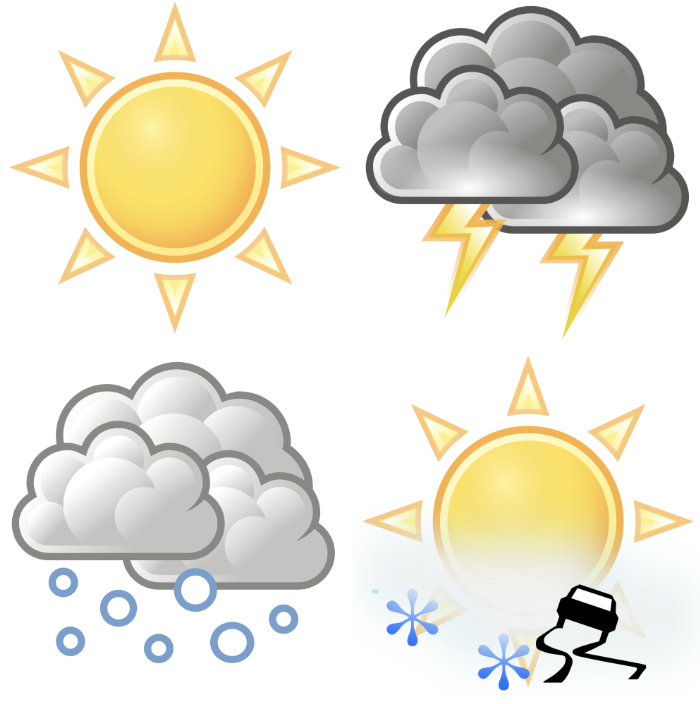
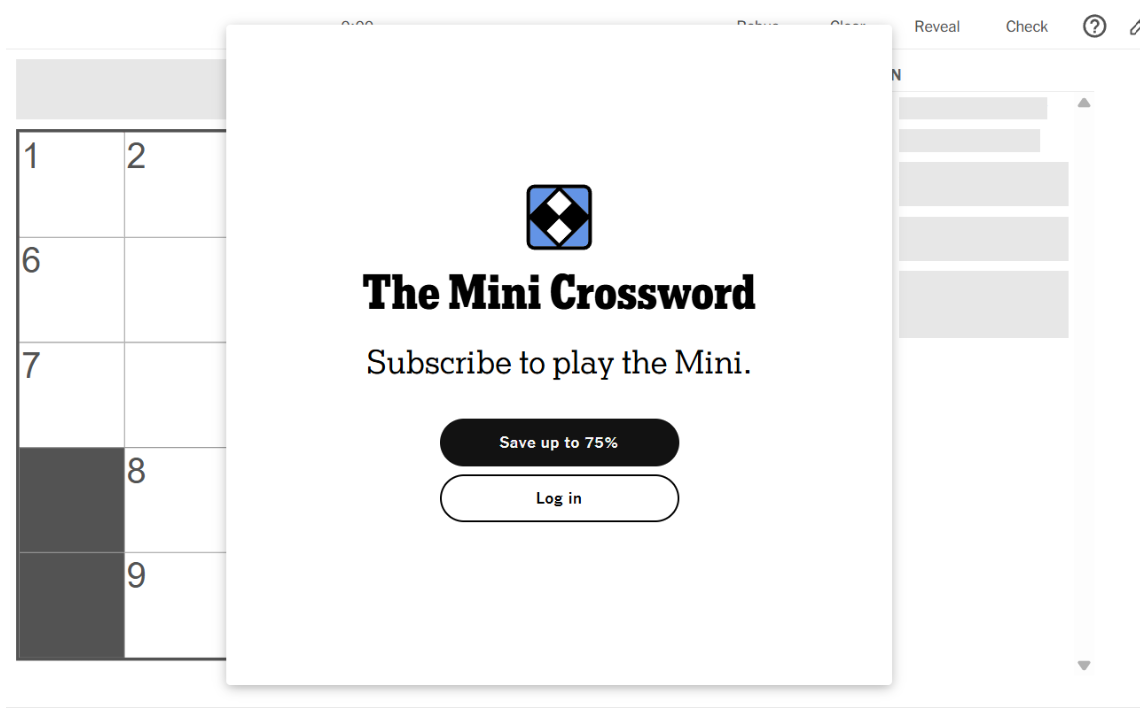



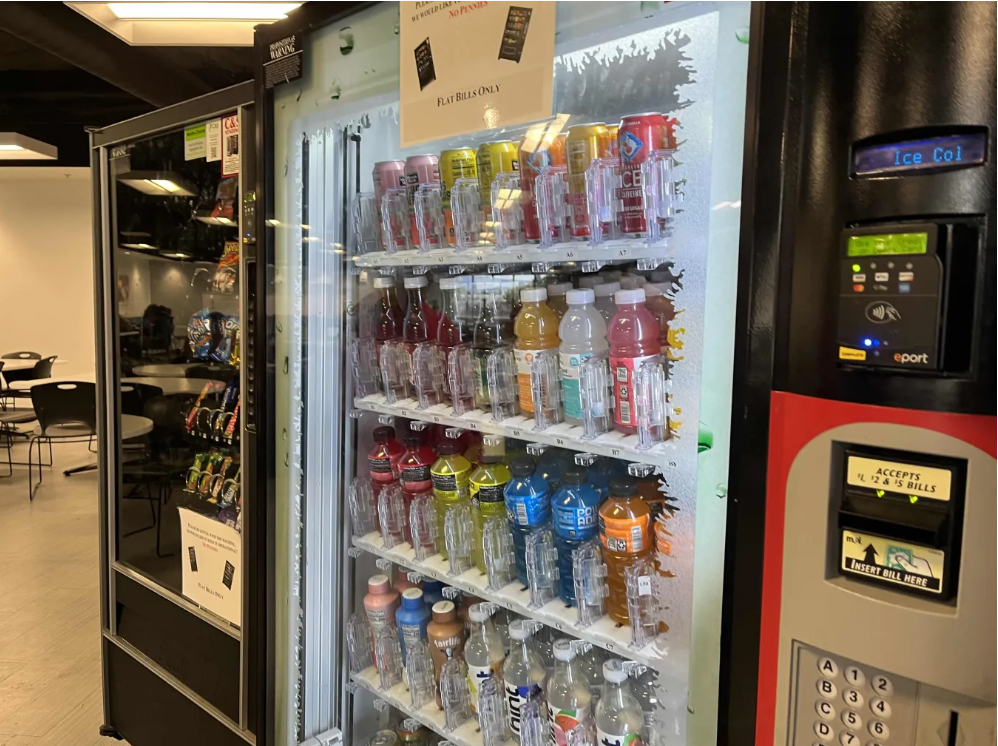
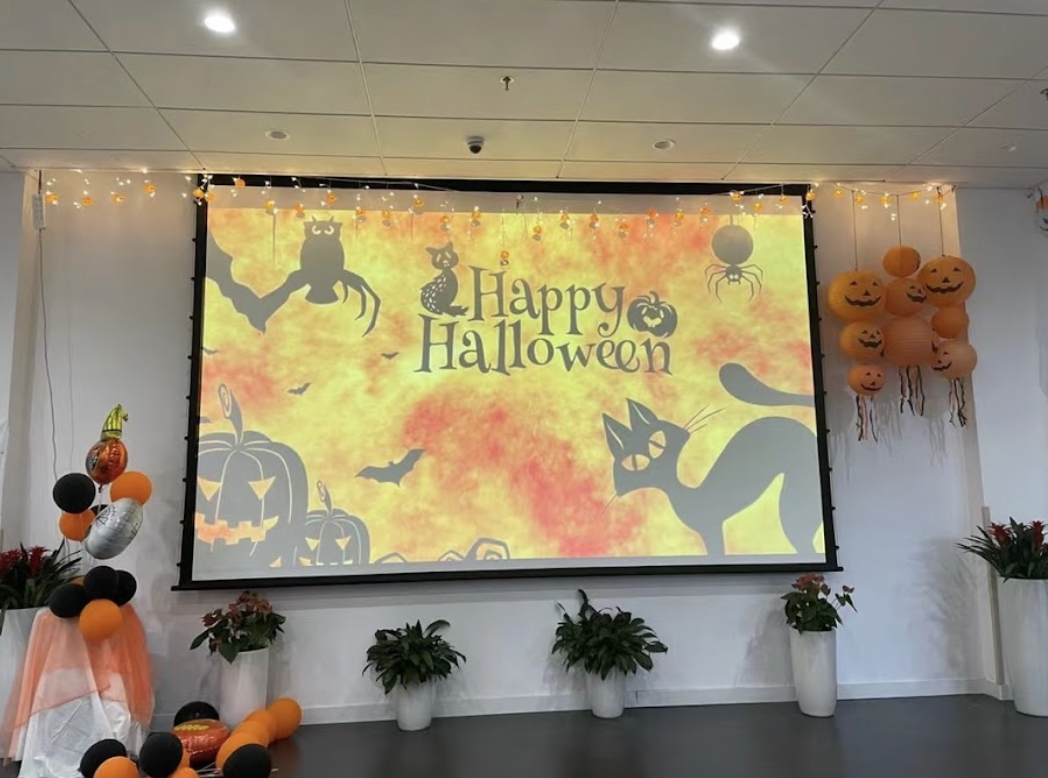
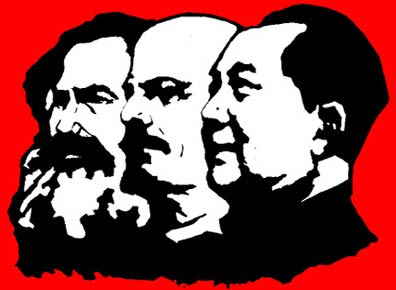


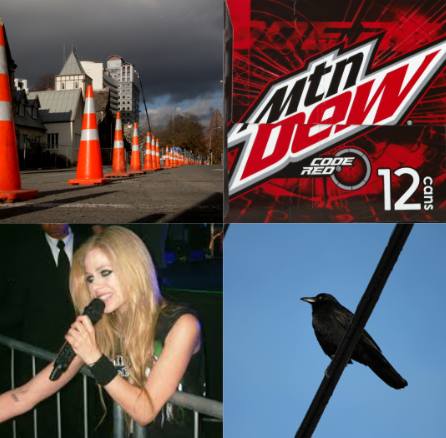
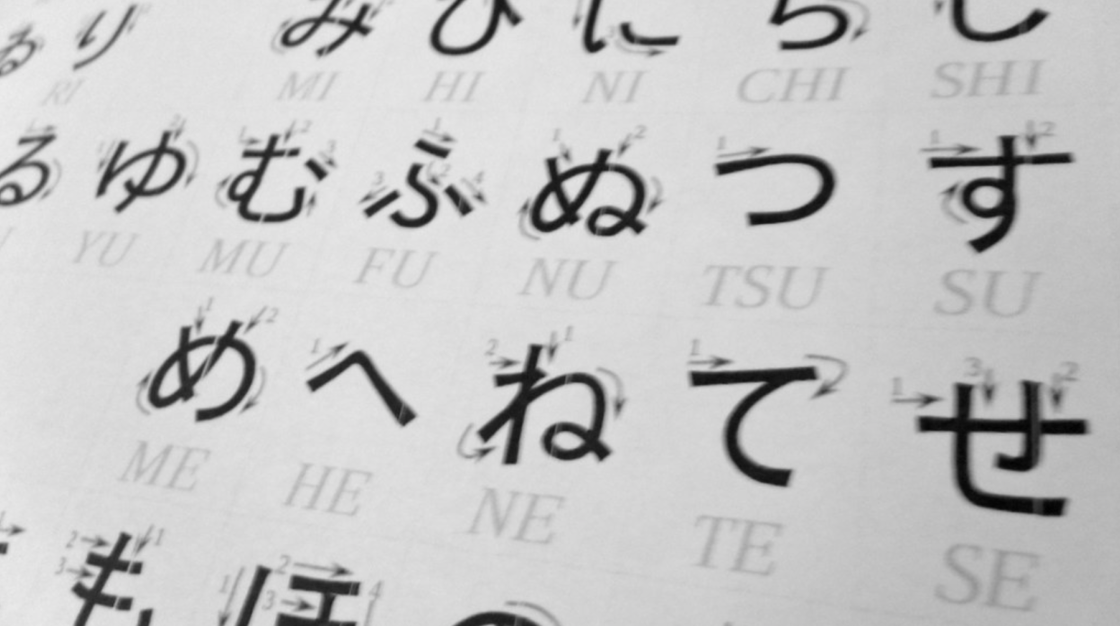



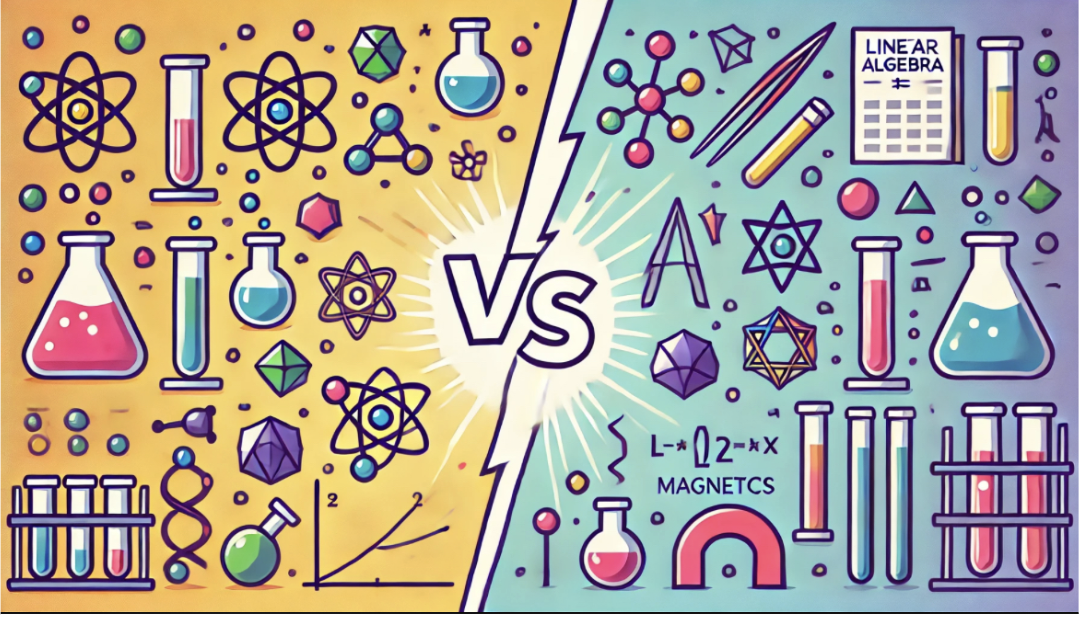

![Teacher [Milk] Tea: Part 2](https://bisvquill.com/wp-content/uploads/2024/03/Screen-Shot-2024-03-19-at-9.28.48-PM.png)
